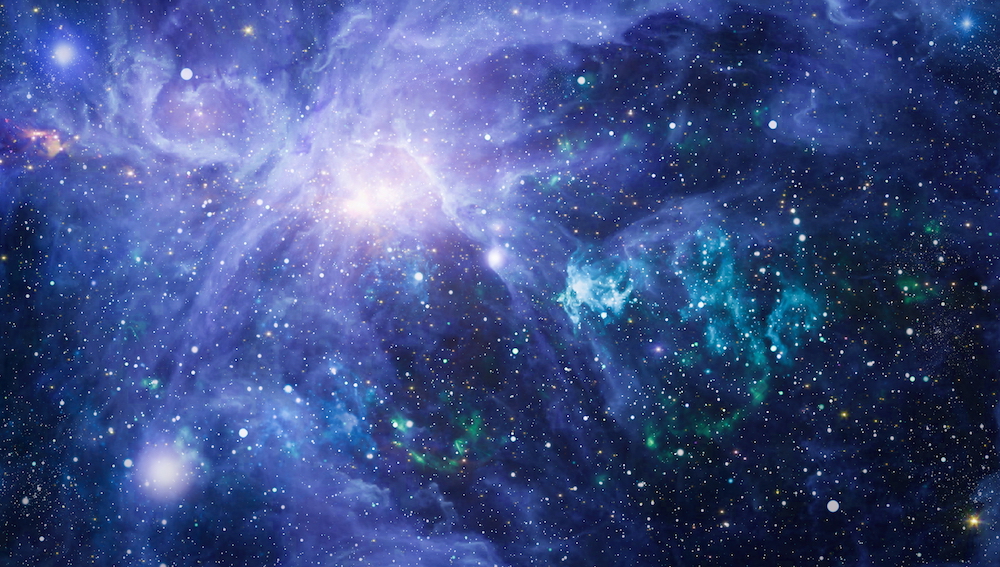
Astronomers have analyzed the largest map of the universe — and found that Einstein was right yet again about gravity, according to a series of new studies.
The analysis, which looked at nearly 6 million galaxies and quasars spanning 11 billion years of cosmic time, found that even at colossal scales the force of gravity behaves as predicted by Albert Einstein's theory of general relativity.
The result validates cosmologists' leading theory of the universe and appears to limit alternative theories of gravity, the researchers said. Where the results leave room for new explanations to strange discrepancies in the model, such as the universe's divergent expansion rates at different stages of its life, remains unclear. The researchers published their findings today (Nov. 19) in several papers on the preprint server arXiv and will present them in January at a meeting of the American Astronomical Society in National Harbor, Maryland.
"General relativity has been very well tested at the scale of solar systems, but we also needed to test that our assumption works at much larger scales," Pauline Zarrouk, a cosmologist at the French National Centre for Scientific Research (CNRS) who co-led the analysis, said in a statement. "Studying the rate at which galaxies formed lets us directly test our theories and, so far, we're lining up with what general relativity predicts at cosmological scales."
Cosmologists have long debated the behavior of gravity at large distances. The predominant theory, called the lambda cold dark matter model, builds out from Einstein's theory to offer the most comprehensive view of a wide range of astronomical phenomena.
Related: Researchers spot rare 'triple-ring' galaxy that defies explanation
But doubts about some elements within the model, such as dark matter and dark energy — two mysterious entities that do not interact with light but account for a majority of the mass and energy in the universe — along with the model's inability to predict some observations, have led rival factions to champion alternative explanations.
One of these is modified Newtonian dynamics (MOND), which proposes that for gravitational pulls 10 trillion times smaller than those felt on Earth's surface, such as the tugs between distant galaxies, Newton's laws (which general relativity builds upon) break down and must be replaced by other equations.
To search for clues on how gravity behaves at large scales, the researchers turned to data from the first year of the Dark Energy Spectroscopic Instrument (DESI) mounted on the Nicholas U. Mayall 4-meter Telescope in Arizona, which pinpoints the monthly positions of millions of galaxies to study how the universe expanded up to the present day.
The scientists conducted a "full-shape analysis" that made a precise measurement of the growth of galactic structures over time. It revealed that, while dark energy could be evolving over time, the universe's structure closely matches predictions made by Einstein's theory.
"This is the first time that DESI has looked at the growth of cosmic structure," Dragan Huterer, a professor of theoretical cosmology and astrophysics at the University of Michigan and the co-lead of DESI's group interpreting the cosmological data, said in the statement. "We're showing a tremendous new ability to probe modified gravity and improve constraints on models of dark energy. And it's only the tip of the iceberg."
It's too early to say exactly what this means for our overall view of the cosmos, but the next two years of DESI's collected data is set to be released in spring 2025. The experiment, which is now in its fourth of five years, will collect data from around 40 million galaxies and quasars by the time it ends. If the answers are out there, we may not have to wait too long to find them.





!["[T]he First and Fifth Amendments Require ICE to Provide Information About the Whereabouts of a Detained Person"](https://images.inkl.com/s3/publisher/cover/212/reason-cover.png?w=600)

